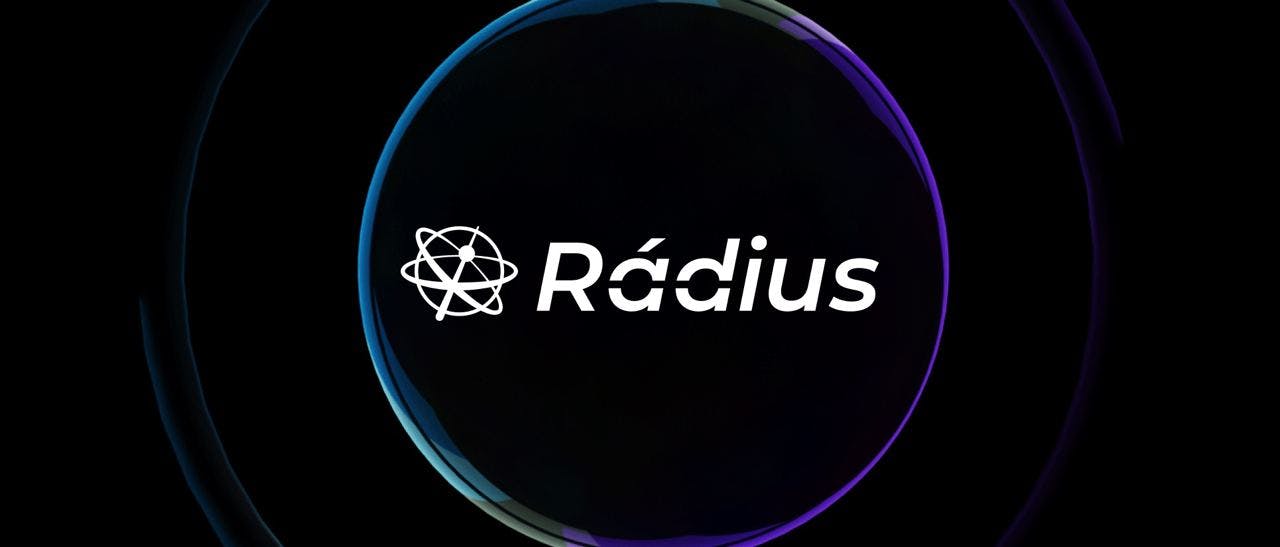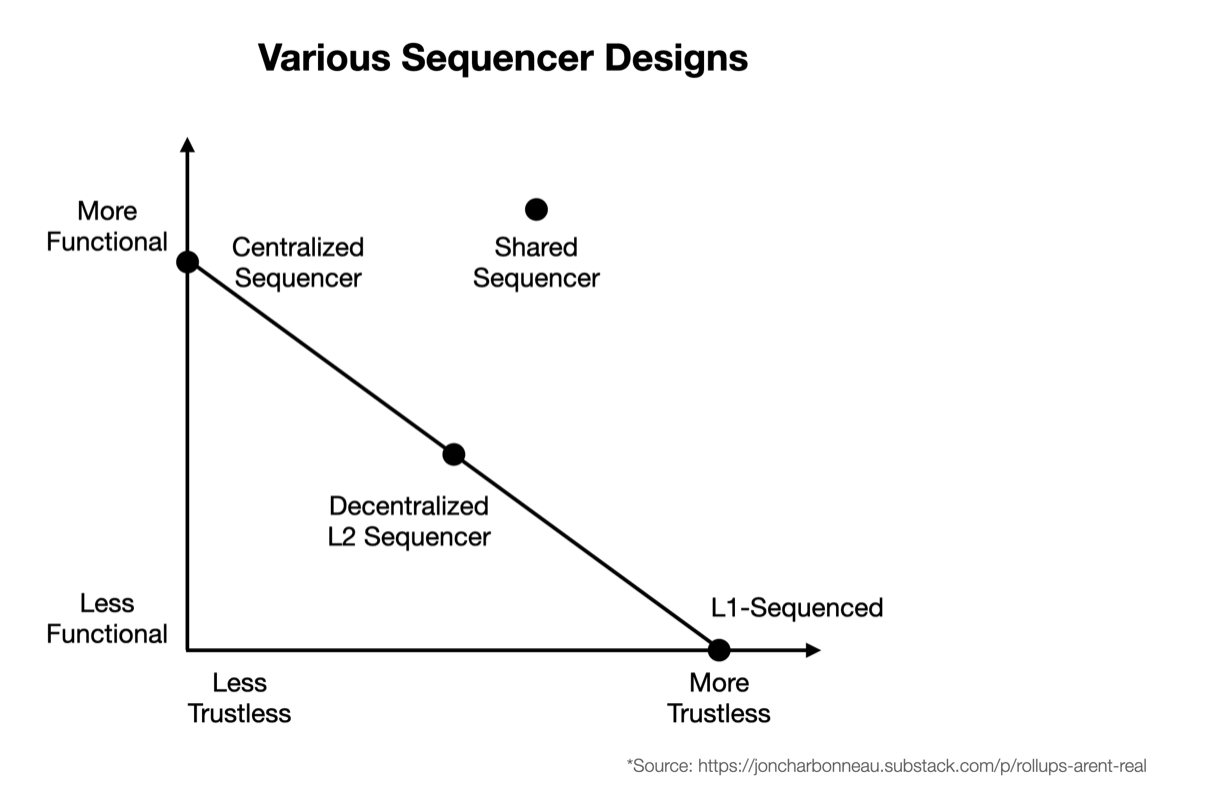
Our Investment In Radius
Shared sequencing layer for rollups and rollapps
Scaling Ethereum has been a significant task in recent years. Among off-chain scaling solutions, rollups have demonstrated great potential as the leading technology to fuel secure, scalable, and decentralized blockchains. However, it's important to note that most rollups currently depend on individual sequencers to batch process transactions before submitting them to Ethereum.
Centralized sequencers provide complete control over a rollup, reducing costs by batching and compressing transactions. However, they also pose significant challenges in terms of censorship resistance and liveness. A single sequencer can restrict or halt transactions during network congestion or malicious attacks, as seen during the Arbitrum token launch.
Though many teams propose decentralizing sequencers through mechanisms like MEV auctions (MEVA), PoS leaders, PoA, etc., these ideas require time to develop and gain acceptance. Another strategy involves using Layer 1 as a sequencer, yet it doesn't guarantee fast transaction confirmation times.
Meanwhile, modular chains are gaining traction. These systems let teams choose specific modules like consensus, data availability, settlement, and execution to create a modular blockchain.
Despite their benefits, launching a custom sequencer is expensive. Early-stage projects can offset this cost by utilizing Shared Sequencers, which is why many teams are building them. Radius is one such project.

Radius is a decentralized network of sequencing nodes, specifically designed for rollups to use collectively. Its shared sequencers eliminate the need for early-stage rollup projects to construct their own, thereby reducing operational costs and maintaining security through decentralization from the outset.
Radius also safeguards users against harmful MEV by encrypting transactions, preventing front-running or sandwich attacks. Furthermore, multiple rollups with different block times can utilize the same shared sequencer, provided they remain composable. This facilitates novel methods of cross-rollup interoperability such as arbitrage, liquidations, and backruns, ultimately enhancing liquidity among rollups and improving price execution and user experience.
However, using shared sequencers does result in rollups losing sovereignty, and finding ways to align incentives between shared sequencers and rollups warrants further deliberation. On the whole, Shared Sequencers is still nascent, necessitating more time for extensive research and development.
Upon meeting and conversing with the team, we were struck by their intense dedication to zero-knowledge principles and their adept management of self-funded projects. We're determined to back such authentic innovators from inception. We believe that as numerous rollups and rollapps come into deployment in the future, the requirement for a trustless shared sequencer becomes an imperative. Radius is already making headway towards this vision. As Vamient, it's our pride and privilege to be among Radius' earliest supporters.


